Presence by Led Zeppelin
Buy Presence In late 1975, Led Zeppelin had planned a world tour to capitalize of the phenomenal success of their latest album Physical Graffiti. The band was at the absolute zenith of their […]
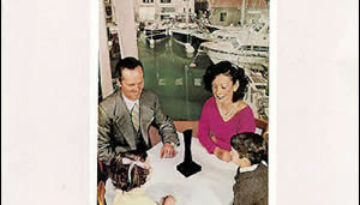
Buy Presence In late 1975, Led Zeppelin had planned a world tour to capitalize of the phenomenal success of their latest album Physical Graffiti. The band was at the absolute zenith of their […]
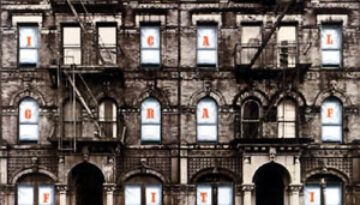
Buy Physical Graffiti Today we cover an album that epitomizes everything that is great about classic rock. Through their dozen years as a band, Led Zeppelin released eight studio albums, all of which were […]
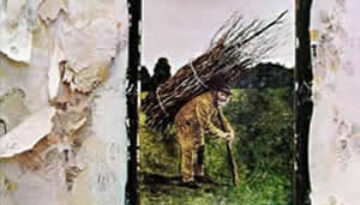
Buy Led Zeppelin IV Led Zeppelin‘s fourth studio album, which has no proper title but is commonly referred to as Led Zeppelin IV, may well be the pinnacle of the band’s early sound. […]
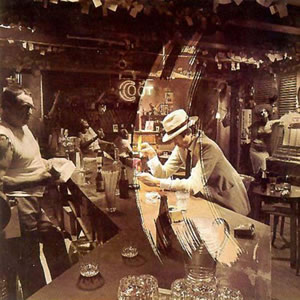
Buy In Through the Out Door Through most critics eyes, the years have not been kind to, In Through the Out Door, the final studio album by Led Zeppelin and only one released […]
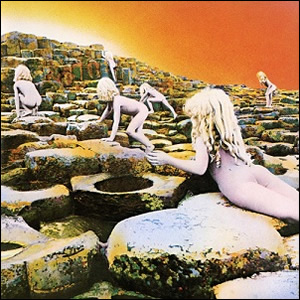
Buy Houses of the Holy Led Zeppelin took stock of their phenomenal fame with Houses of the Holy, with deep contributions from each member of the rock quartet. This fifth album was released […]

Buy Coda Coda is a unique album for us to review. Although it is listed officially as the ninth and final studio album by Led Zeppelin, it could just as well be listed […]